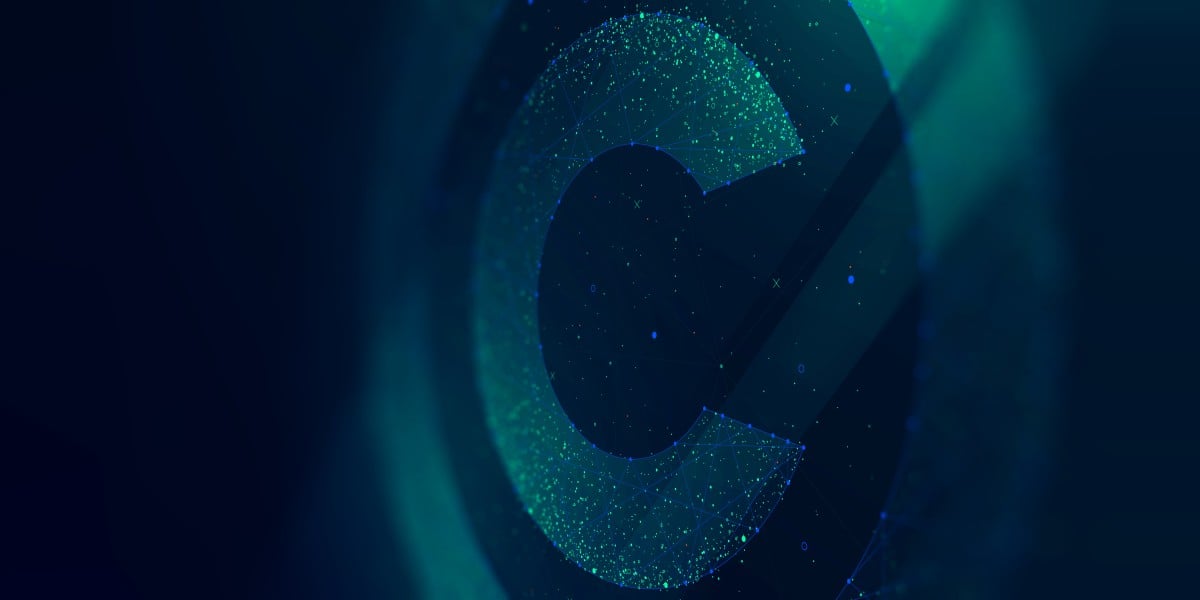
Yup, AI robo-authors don't qualify for copyright, says appeals court
AI Copyright Ruling Highlights Need for Clear IP Protection in Digital Age
In a landmark decision that resonates across the creative and tech industries, the US Court of Appeals has definitively ruled that AI systems cannot be copyright holders. This ruling not only clarifies a crucial aspect of intellectual property law but also underscores the growing complexity of protecting creative works in our increasingly digital world.
The case centered on computer scientist Stephen Thaler's attempt to copyright an AI-generated artwork titled "A Recent Entrance to Paradise." Thaler's Creativity Machine, an AI system he developed, autonomously created the piece without human input. When he applied for copyright protection in 2018, listing the AI as the sole author, the US Copyright Office rejected his application. This rejection has now been upheld through multiple appeals, culminating in the recent Circuit Court decision.
What makes this ruling particularly significant is its clear distinction between human and machine creativity. The Court emphasized that while AI can be a powerful tool in the creative process, the Copyright Act of 1976 explicitly requires human authorship for copyright protection. This creates an interesting paradox in our modern creative landscape, where AI tools are becoming increasingly sophisticated and integrated into creative workflows.
The implications extend far beyond this single case. As businesses and creators increasingly incorporate AI tools into their work, establishing clear ownership and protecting intellectual property rights becomes more critical than ever. The Court acknowledged this reality, noting that works created by humans with AI assistance can still qualify for copyright protection – though the exact threshold of human involvement remains undefined.
This legal ambiguity creates new challenges for creators and businesses. How can you prove the extent of human involvement in a creative process? How do you establish and protect ownership of works that combine human and machine inputs? These questions highlight the need for robust, technologically advanced solutions for intellectual property protection.
Blockchain technology offers a compelling answer to these challenges. By creating an immutable record of creative works and their authorship, blockchain-based solutions provide creators with verifiable proof of ownership and timestamps that can stand up to legal scrutiny. This becomes especially valuable when establishing human authorship and documenting the creative process.
For businesses navigating these complex waters, the key takeaway is clear: proactive IP protection is more important than ever. Whether you're working with AI tools or traditional creative processes, establishing clear documentation of human authorship and maintaining verifiable records of your creative works is crucial.
The future of creative work will likely see continued integration of AI tools, making it essential to have systems in place that can clearly document and protect human contributions. As this landscape evolves, blockchain-based verification systems will become increasingly valuable for creators and businesses alike.
To learn more about protecting your intellectual property in the age of AI and blockchain technology, visit certvera.com/learn-more for detailed information about blockchain-based IP protection solutions.